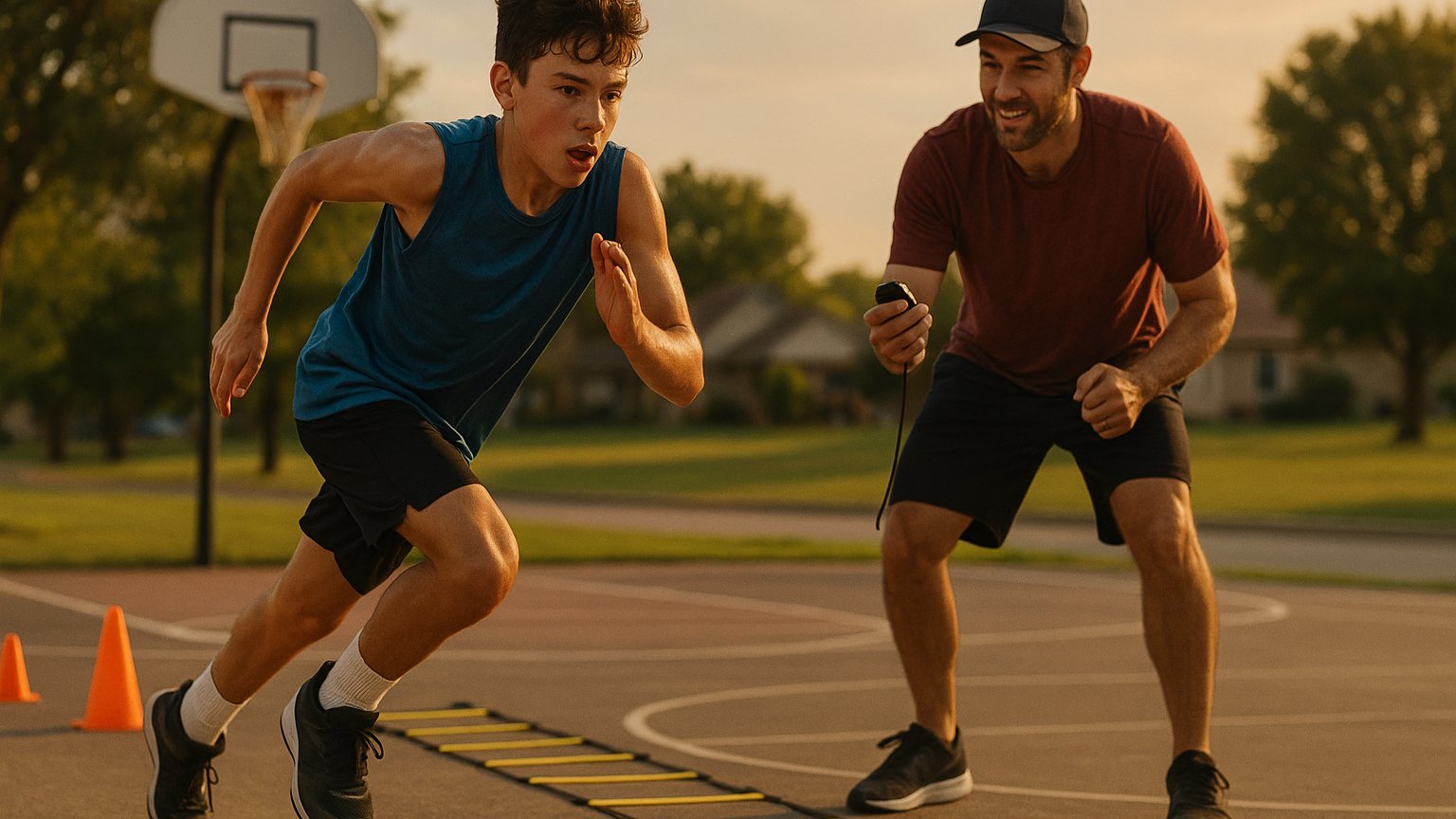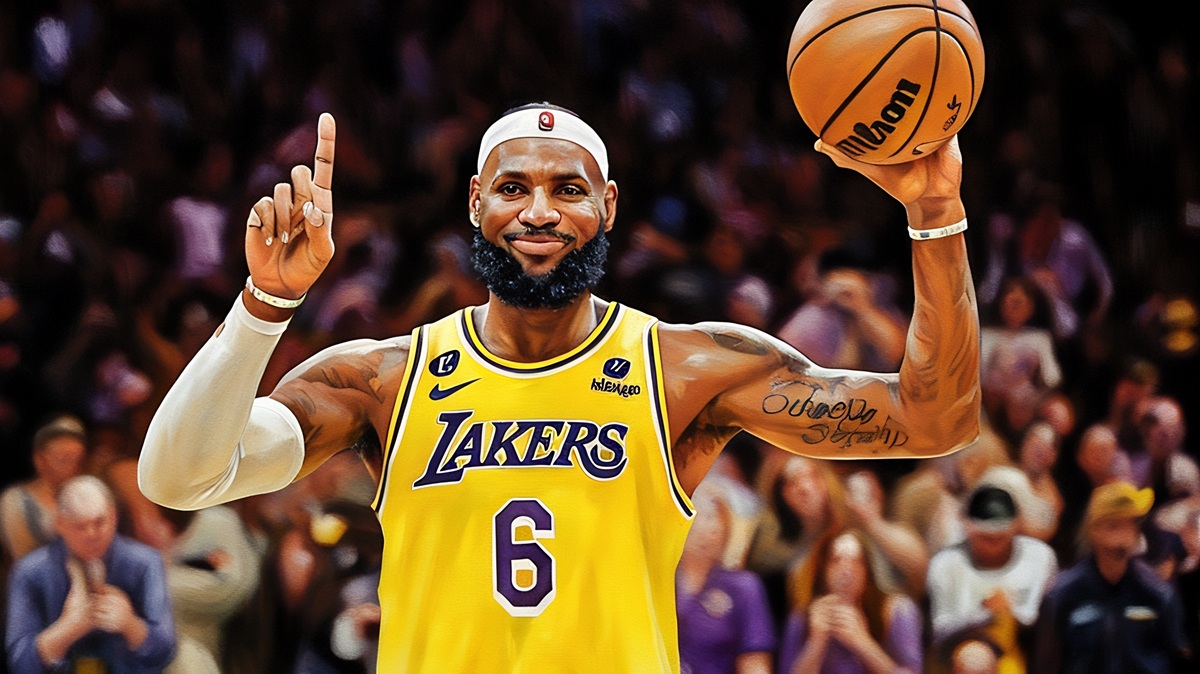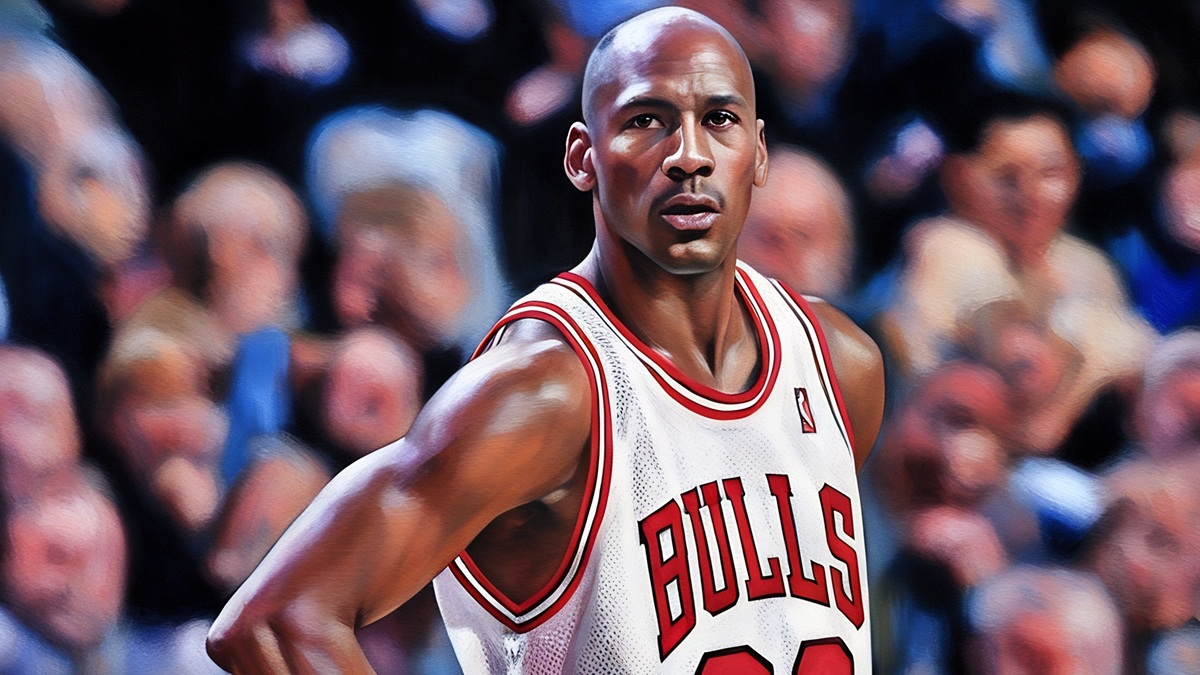How Parents Can Help 12-Year-Olds Get Faster in Basketball: The Path to Speed, Confidence, and Court Dominance
Speed can be the great separator in youth basketball. At 12 years old, a player who is even a little bit quicker than his peers has a powerful advantage—faster drives to the basket, quicker cuts on defense, and the ability to beat opponents to loose balls or open space. But speed doesn’t just happen. It’s built through smart training, consistent habits, and the support of a dedicated parent. If you’re the parent of a 12-year-old boy with dreams of excelling in basketball, you have a unique opportunity to help him get faster in ways that go far beyond the gym.
The truth is, most young athletes don’t need fancy equipment or elite coaching to get faster. What they need is structure, encouragement, and guidance—and that’s where you come in. You can help your son improve his speed by creating the right environment, introducing the right exercises, and cultivating the right mindset. Here’s how to do it.
Understanding Why Speed Matters in Youth Basketball
At the youth level, basketball isn’t about polished plays and perfectly executed pick-and-rolls. It’s about instinct, reaction, and athleticism. The player who can accelerate past defenders, rotate quickly on defense, or reach the ball before anyone else often dominates the game—even without the most refined shooting or ball-handling.
Speed creates space. Speed disrupts rhythm. Speed gives a player the ability to take control of the tempo, whether he’s running the break or applying pressure on the perimeter. But more than that, speed builds confidence. When a young player starts to feel faster and more agile, he also feels more capable. That confidence becomes contagious and carries into every part of his game.
Helping your 12-year-old get faster isn’t just about wins or stats. It’s about helping him feel like he belongs on the court, no matter who he’s matched up against.
Creating a Positive and Focused Training Environment at Home
The first and most important thing you can do as a parent is build an environment that supports growth. At 12 years old, kids are impressionable. They’re figuring out who they are as athletes and as people. The tone you set at home—whether it’s encouraging, patient, or overly demanding—will shape how they approach their development.
Create a regular routine for training that feels consistent but not overwhelming. A few focused sessions each week are far better than occasional bursts of overtraining. Use outdoor spaces, driveways, parks, or local gyms when available, and make speed training part of a broader lifestyle of activity and movement.
More importantly, praise effort over results. When your child pushes hard in a drill, reward that intensity. If he fails during a workout or fumbles through a new skill, stay positive and remind him that growth takes time. The fastest path to improvement is paved with encouragement, not pressure.
Teaching the Fundamentals of Movement Mechanics
Before your child can become a faster basketball player, he needs to learn how to move better. This starts with teaching the basics of proper body mechanics. Good sprinting technique is not instinctive—it must be learned. It starts with posture: upright torso, eyes forward, relaxed arms. It continues with arm drive: elbows bent at 90 degrees, hands moving from cheek to hip. And it relies on leg turnover, knee lift, and foot contact that pushes the ground behind the body.
At 12, kids are still growing into their bodies. They often run awkwardly or inefficiently because they haven’t yet developed coordination or core strength. But you can help them start building better mechanics through simple sprinting drills, ladder work, and short bursts of running with a focus on form over speed.
The goal isn’t to run fast today. The goal is to build movement habits that will allow speed to come naturally over time.
Introducing Speed and Agility Drills That Work
One of the most exciting parts of training is incorporating speed and agility drills that mimic the game of basketball. These drills can be done in your driveway, backyard, or on a local court. The key is to focus on short bursts, quick changes of direction, and powerful first steps.
Start with acceleration drills like 10-yard sprints from a standing or staggered position. Progress to lateral movement, including defensive slides, shuttle runs, and cone drills that challenge your child to change direction quickly while staying low and balanced. Add agility ladders to improve foot speed and coordination. These tools don’t need to be expensive—a rope ladder or chalk lines on the ground work just fine.
Even jumping exercises like squat jumps, bounding, and pogo hops build the explosive power needed for speed. Keep each drill short and intense. Quality matters more than quantity. Aim for crisp, focused efforts with plenty of rest between sets to allow maximum performance.
By blending linear speed drills with lateral agility work and explosive movements, you’ll help your child develop the full range of athleticism required for basketball quickness.
Building Strength as the Foundation for Speed
Speed and strength are deeply connected . A faster athlete is usually a stronger athlete. At 12 years old, strength training should be bodyweight-focused and technique-driven. The goal isn’t to lift heavy weights, but to build stability, coordination, and foundational power.
Exercises like push-ups, squats, lunges, planks, and glute bridges build the muscles that support better sprinting mechanics and protect against injury. These movements develop core strength, leg drive, and overall balance—all critical components of speed. You can make strength work fun by turning it into challenges. See how long your child can hold a plank or how many quality squats he can do in a minute. Add medicine balls or resistance bands when appropriate, but always prioritize control over load.
Consistent strength work, even just twice a week, can dramatically improve quickness, balance, and explosiveness in young athletes.
Encouraging Multi-Sport Play and Athletic Diversity
While your son may love basketball, one of the best things you can do for his speed development is to encourage him to play other sports. Soccer, flag football, tennis, and track all challenge different movement patterns, reaction times, and athletic demands. This cross-training builds a more complete athlete.
Too much basketball-specific training at a young age can lead to overuse injuries and plateaued development. But multi-sport exposure teaches kids how to move in new ways, adapt to different stimuli, and compete in dynamic environments. Even playground games like tag, obstacle courses, and races build speed without your child even realizing he’s training. Keep it playful. Keep it creative. The more fun he has moving, the faster he’ll become.
Teaching the Mental Side of Speed
Quickness isn’t just physical. A lot of speed in basketball comes from the ability to react quickly—to read a play, anticipate a move, and respond before others even realize what’s happening. As a parent, you can help your child train this mental speed.
Watch games together and pause the footage to ask questions. What would you do here? How did that defender rotate? Why did that player cut to the corner? These exercises sharpen his court awareness and decision-making, which translates directly to on-court quickness.
You can also incorporate reactive drills into training. Call out directions during cone drills. Toss a tennis ball and ask him to sprint after it. Use hand signals or color cues to make him move unpredictably. These methods train both the body and brain to respond faster, making his speed more usable in game situations.
Speed of mind + speed of body = game-changing quickness.
Supporting Rest, Recovery, and Nutrition
Every athlete, regardless of age, needs proper recovery. At 12, growth and development are already putting stress on the body. Adding training to that load makes rest even more important. As a parent, you can guide recovery just as much as training.
Make sure your child gets adequate sleep—at least nine hours a night—and encourage rest days between training sessions. Provide nutritious meals with a balance of lean proteins, complex carbs, fruits, vegetables, and hydration. Limit processed sugar and fast food when possible. These habits support not just speed development but overall health, energy, and mood.
Recovery also includes stretching and mobility work. Incorporate light dynamic stretching before activity and static stretching after. Foam rolling or gentle yoga can also help with flexibility and injury prevention.
By building recovery into your child’s training schedule, you create a foundation that supports consistent growth without burnout or injury.
Tracking Progress and Celebrating Growth
Improvement in speed isn’t always obvious from week to week. That’s why tracking progress can be so helpful—and motivating. Time your child in short sprints or agility drills once every few weeks. Record the times and celebrate small improvements.
Don’t just focus on performance, though. Take note of attitude, effort, and consistency. Recognize when your child pushes himself, shows up even on tough days, or supports a teammate during practice. These are the habits that lead to long-term success—not just in sports, but in life.
Make milestones meaningful. When your son shaves half a second off his sprint time, reward him with his favorite dinner. When he masters a new footwork drill, take a video and show the family. Build a culture of celebration around growth, not perfection.
The journey toward speed is a long one. But with encouragement, patience, and structure, your child will make strides—physically and mentally—that carry him far beyond the court.
Instilling a Lifelong Love for Training and Improvement
The most powerful thing you can give your child through speed training isn’t quick feet—it’s a growth mindset. It’s the understanding that improvement is possible through effort, repetition, and reflection. That setbacks are not failures, but stepping stones. That discipline isn’t punishment—it’s empowerment.
When you support your 12-year-old on his path to becoming a faster basketball player, you’re also helping him become a more resilient person. One who’s not afraid of hard work. One who understands the value of movement, health, and preparation. One who feels capable—on the court, in school, and in life.
That’s the real win. That’s the legacy of a parent who trains not just for speed, but for self-belief.
The Final Word: You Are the Difference
Your child’s development doesn’t hinge on genetics, gear, or private trainers. It hinges on you. On your belief in him. On the environment you create. On the encouragement you offer when the drills are tough, when progress is slow, and when frustration creeps in.
Helping your 12-year-old get faster in basketball is a gift—but not just the gift of speed. It’s the gift of showing up. Of teaching discipline. Of celebrating growth. Of moving, sweating, laughing, and learning together.
He may not remember every drill you ran. But he’ll remember that you were there. And that is what makes all the difference. Train with heart. Encourage with patience. And believe in what’s possible. Because faster feet today can lead to unstoppable confidence tomorrow.




